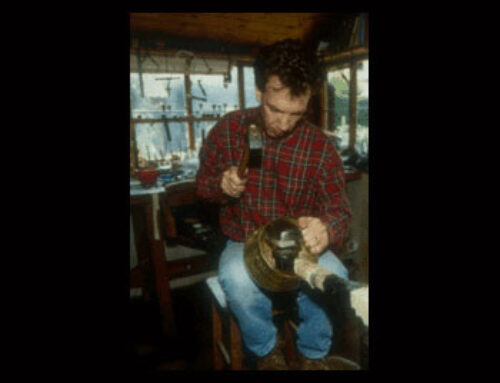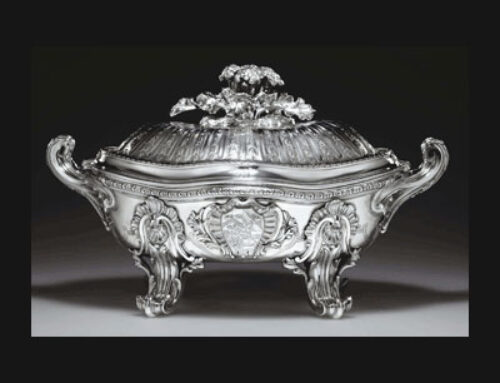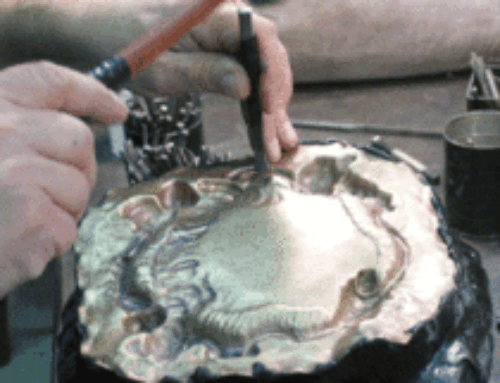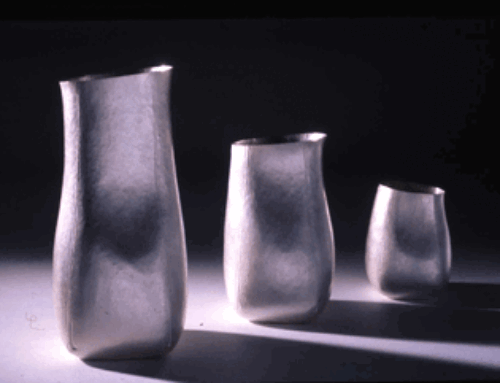Gold and silver are ’clean’ metals and more durable than glass, thus highly suitable materials for the utensils required by both the Christian and Jewish religions. However the cost was prohibitive for some churches, chapels and synagogues, and pewter was used to a lesser extent.
The large quantity of sacred vessels accumulated by many cathedrals and parish churches is usually the result of gifts. Sometimes secular objects were donated and used in place of the chalices, flagons and plates required for the sacrament of communion. Following the Reformation, there was a systematic programme to remake liturgical silver in the forms required under Protestant rites and there was a further wave of production in the mid-nineteenth century, to equip newly built churches and those being restored at that time. Religious plate is an important source of commissions for contemporary silversmiths.
Although church plate has suffered heavily from the depredations of war and political upheavals, surviving early pieces are a major source of information, through their marks, about goldsmiths in regions throughout Europe. Today, much of the silver not in regular use is displayed in treasuries within cathedrals.
View list of relevant Silver Studies articles
See links for cathedral treasuries and the Jewish Museum, London




